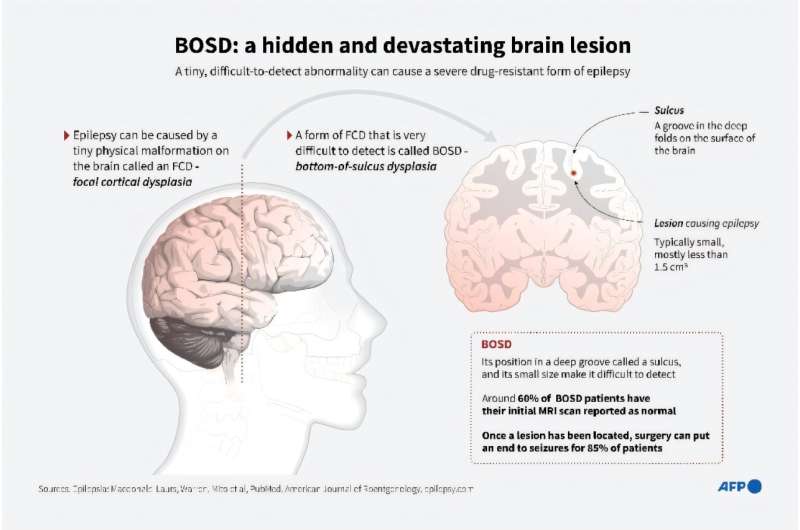Pediatric Epilepsy Learning Healthcare System Quality of Life (PELHS-QOL-2): A Novel Health-Related Quality of Life Prompt for Children with Epilepsy
January 10, 2022
Abstract, originally published in Epilepsia
Objective: Pediatric epilepsy is often associated with diminished health-related quality of life (HRQOL). Our aim was to establish the validity of the Pediatric Epilepsy Learning Healthcare System Quality of Life (PELHS-QOL-2) questions, a novel two-item HRQOL prompt for children with epilepsy, primarily for use in clinical care.
Methods: We performed a multicenter cross-sectional study to validate the PELHS-QOL-2. Construct validity was established through bivariate comparisons with four comparator measures and known drivers of quality of life in children with epilepsy, as well as by creating an a priori multivariable model to predict the Quality of Life in Childhood Epilepsy Questionnaire (QOLCE-55). Validity generalization was established through bivariate comparisons with demographic and clinical information. Content validity and clinical utility were established by assessing how well the PELHS-QOL-2 met eight design criteria for an HRQOL prompt established by a multistakeholder group of experts.
Results: The final participant sample included 154 English-speaking caregivers of children with epilepsy (mean age = 9.7 years, range = .5-18, 49% female, 70% White). The PELHS-QOL-2 correlated with the four comparator instruments (? = .44-.56), was significantly associated with several known drivers of quality of life in children with epilepsy (p < .05), and predicted QOLCE-55 scores in the multivariate model (adjusted R2 = .54). The PELHS-QOL-2 item was not associated with the age, sex, and ethnicity of the children nor with the setting and location of data collection, although PELHS-QOL-Medications was significantly associated with race (worse for White race). Following both quantitative and qualitative analysis, the PELHS-QOL-2 met seven of eight design criteria.
Significance: The PELHS-QOL-2 questionnaire is a valid health-related quality of life prompt and is well suited for use in clinical care as a mechanism to routinely initiate conversations with caregivers about quality of life in children with epilepsy. The association of PELHS-QOL-Medications with race merits further study.








